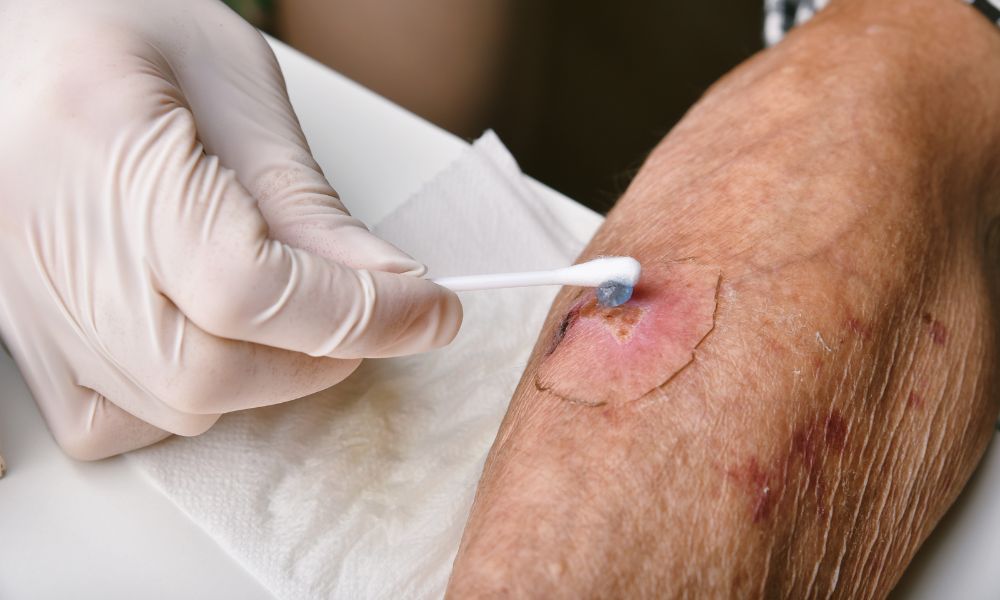The Importance of Managing Moisture in Wound Care
Posted by Jeanne Lowry on Oct 2nd 2023

Proper wound care plays a significant role in the process of maintaining our overall health and well-being. One essential aspect of wound healing that’s often overlooked is the importance of managing moisture in wound care. This article highlights the benefits of proper moisture management and offers essential tips to promote efficient and healthy wound healing.
Understanding the Role of Moisture in Wound Healing
Wound healing is a complex process that requires an ideal environment to ensure the best possible outcome. The presence of moisture plays a vital role, as it supports various aspects of the wound-healing process.
- Promoting cell growth: Adequate moisture levels create an optimal environment for the migration of cells needed to rebuild damaged tissue.
- Reducing the risk of infection: Keeping the wound bed moist can help prevent harmful bacteria from entering the wound, reducing the likelihood of infection.
- Enhancing autolytic debridement: Moisture is essential for the natural process of autolytic debridement, which removes dead tissue from the wound bed without causing pain or damage to the surrounding healthy tissue.
Tips for Effective Moisture Management in Wound Care
In order for your wound to retain the right amount of moisture to optimize your healing process, there are a few things you should do. Following these steps will help ensure the wound doesn’t become too moist or not have enough moisture.
Assess the Wound Regularly
Monitoring the wound’s progress is crucial in determining the appropriate moisture levels required. Keep an eye on any changes in the wound’s appearance, pain, or odor. Take note of any significant changes that occur.
Choose the Right Dressing
Using an appropriate dressing is imperative for maintaining proper moisture levels. Various wound dressing supplies are available, such as hydrocolloids, alginates, and hydrogels, each designed for specific wound conditions. Be sure to determine the type of wound you have before using dressing supplies on it.
Keep the Wound Clean
Keeping the wound clean is essential to ensure proper moisture levels and prevent infection. Gently cleanse the wound with a mild, non-toxic solution, taking care not to disrupt the healing process or cause further damage.
Maintain a Healthy Lifestyle
A well-balanced diet, sufficient sleep, and regular physical activity are essential for optimizing the body’s natural healing processes. Not many people know this, but staying well-nourished and hydrated will support efficient, healthy wound healing and moisture management.
Seeking Expert Help If Needed
Sometimes, no matter how carefully you manage moisture during the wound care process, the damaged skin won’t heal properly. When all else fails, and your wound doesn’t have proper moisture levels, it’s time to reach out to a healthcare professional. They’ll be able to make sure your healing process gets back on track.

